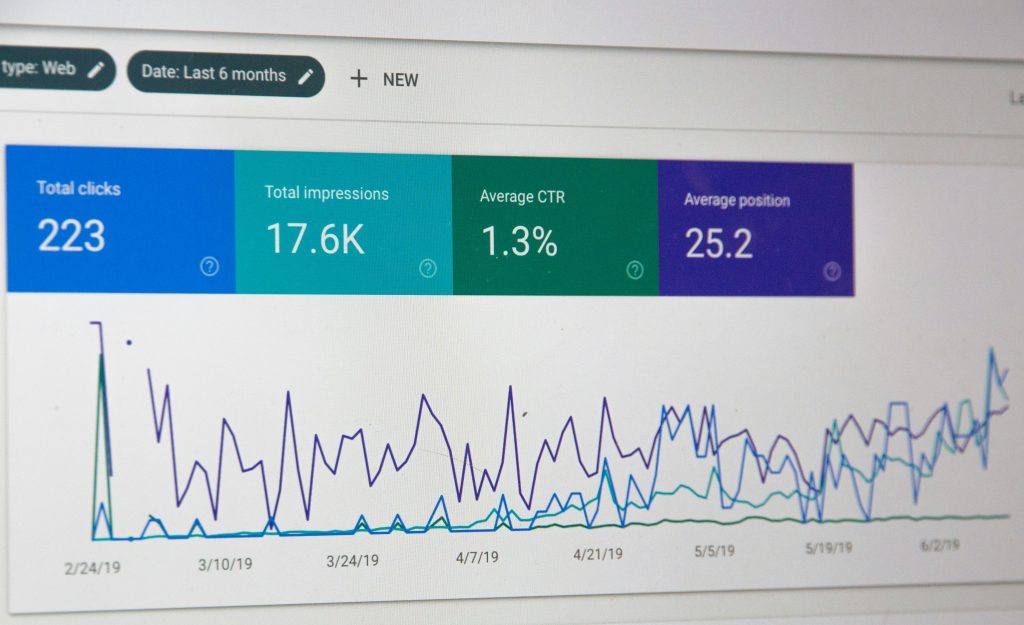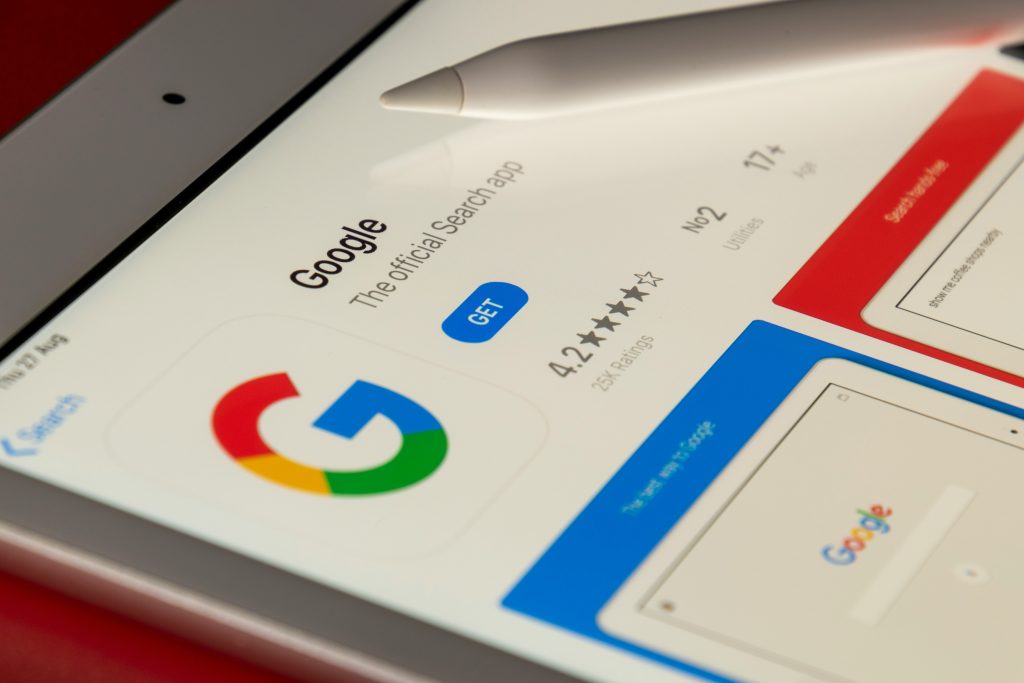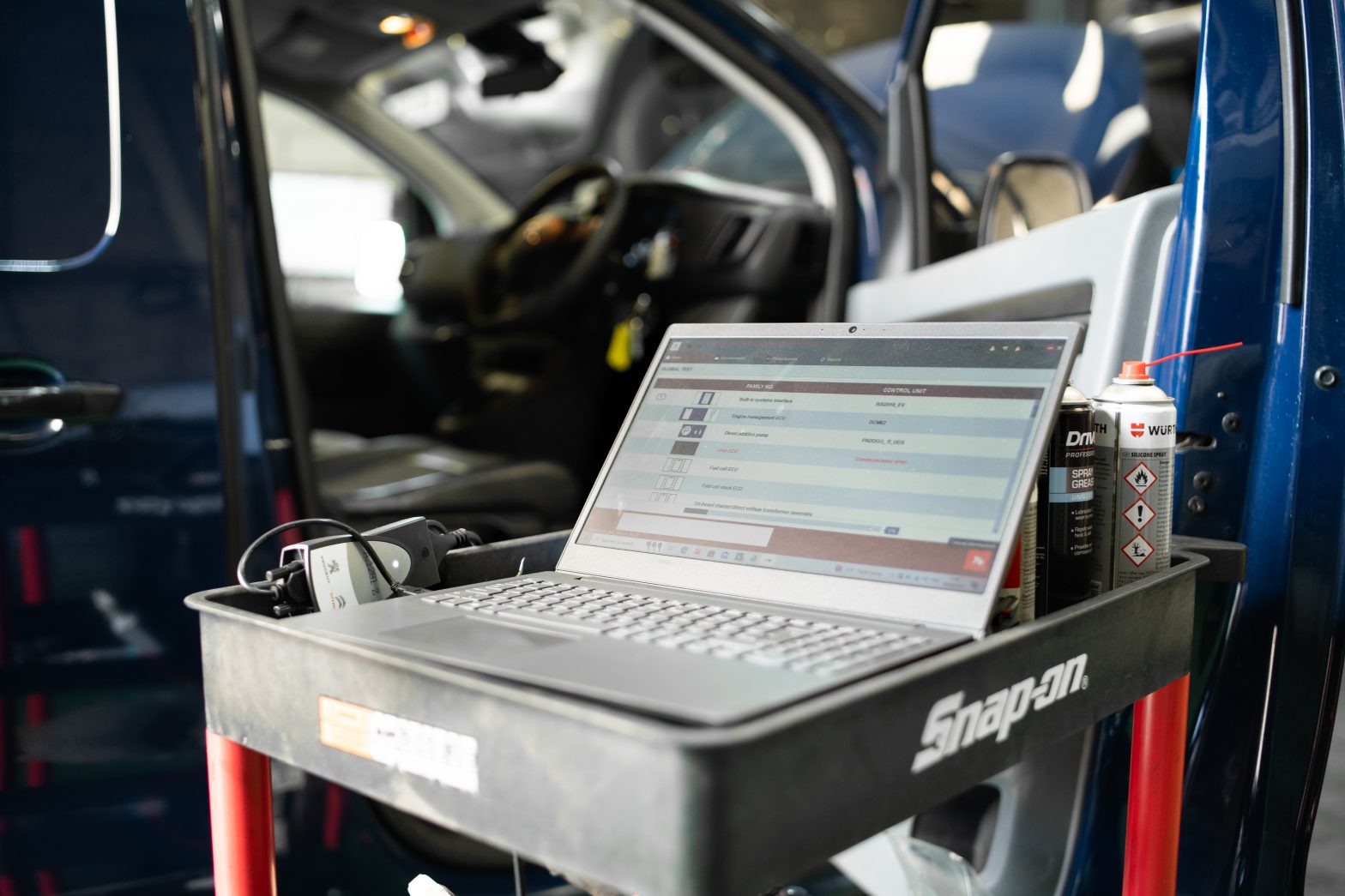
Calculate your Ad profitability
Use our calculator to remove the guesswork and discover if your Google or Meta Ads are profitable for your eCommerce brand.
Are you meeting your target Return on Ad Spend? Let's establish if your Google and Meta Ads ROAS is profitable for your sector. In under 2 minutes we'll help you benchmark your performance against the top 5% of advertisers.
Steps
Fill out our Ad profitability calculator
Receive your Ad profitability results and see how you are performing!
Book a free 30 minute Consultation Call with our team to discuss your results
Getting to grips with Ad Profitability

How do we calculate your Ad Profitability?
To accurately calculate your Ad profitability, we need your monthly paid Ad spend, Ad revenue, number of sales, gross margin, and industry to determine key performance indicators like ROAS, Average Order Value, Gross Margin Value, Cost-Per-Acquisition, and Gross Profit. These metrics help us assess the efficiency and profitability of your Ad campaigns, providing insights to optimise your advertising strategies.

What is ROAS?
Return on Ad spend (ROAS) is a ratio that represents how profitable your PPC or Social Ad strategies are for your business. It's one of the most important measurables to help you establish exactly how much income has been generated from your Ads v How much you have invested.
For instance, let’s say you invest £100 on Facebook Ads and generate £500 in revenue as a result. Your ROAS would be 5;1 because for every one pound spent, you've generated five pounds in return.
On the other hand, if you spent £500 on advertising and only made £100 back, then you’d have a negative ROAS of 1:5. Sometimes negative ROAS is also represented as a decimal or percent. In this case, that would be .2 or 20% since you only made back 20% of your initial investment.

What is a good ROAS for my industry?
A good Return on Ad Spend (ROAS) typically ranges from 4:1 to 10:1, meaning for every £1 spent on advertising, £4 to £10 is generated in revenue. However, what constitutes a good ROAS can vary significantly depending on the industry, business model, and campaign objectives. For high-margin products, a lower ROAS might still be profitable, while low-margin products might require a higher ROAS to ensure profitability. It's crucial to consider factors like profit margins, customer lifetime value, and overall marketing goals when determining an acceptable ROAS for your specific situation.

How can I improve my ROAS?
Return on Ad Spend (ROAS) is influenced by three crucial factors: profit margins, average order value (AOV), and customer lifetime value (LTV). Firstly, profit margins determine the break-even point for your advertising spend. For instance, a business with 50% gross margins needs at least a 2 ROAS to break even. Secondly, AOV impacts how much you can afford to spend on acquiring customers. A higher AOV provides more flexibility and room for ad spend, making it easier to achieve a profitable ROAS. Lastly, LTV reflects the total revenue a customer generates over their lifetime. Focusing on increasing repeat purchases and customer retention can significantly enhance ROAS by spreading acquisition costs over multiple transactions. Understanding and optimizing these pillars ensures a more effective and profitable ad strategy.

What factors can affect my Ad profitability?
Several factors can affect Ad profitability, including Ad quality, targeting accuracy, and bid strategy. High-quality, relevant Ads attract more clicks and conversions. Accurate targeting ensures your Ads reach the right audience, increasing the likelihood of conversions. An effective bid strategy helps optimise Ad spend. Other factors include the user experience on your landing page, the pricing of your products or services, and competition within your industry. Seasonal trends and market conditions can also influence Ad profitability. Continuous monitoring and optimisation based on performance data are crucial to maintaining and improving Ad profitability.

How can I Improve my Conversion Rate?
It’s important to mention CR is (partly) dependent on a variety of factors out of your control. Product type, price, competitive landscape and seasonality all affect your conversion rates and for the most part, can’t be controlled. However, that doesn’t mean we shouldn’t employ the best CRO practices, which include optimising your website's user experience by simplifying navigation, improving page load speeds, and ensuring mobile responsiveness. Additionally, use A/B testing to refine key elements like headlines, CTAs, and images, and leverage data analytics to continuously track and enhance conversion rates.
Another crucial metric is the Marketing Efficiency Ratio (MER), which is calculated as Total Revenue divided by Total Ad Spend. MER provides a holistic view of how effectively your total marketing investment is generating revenue. Furthermore, elements like product returns should be factored in, as they can affect the net revenue and the overall assessment of your campaign's success. By incorporating these additional costs and metrics, we ensure a comprehensive understanding of your ad profitability.








